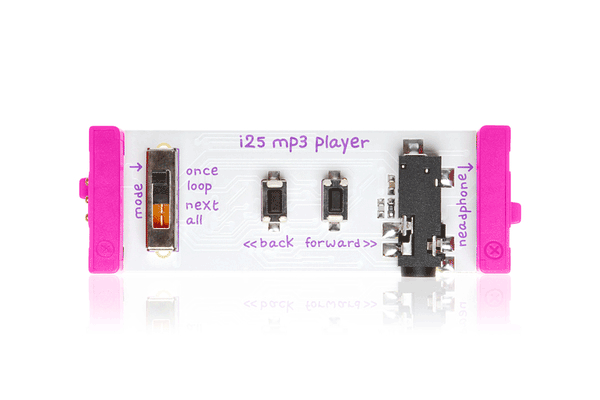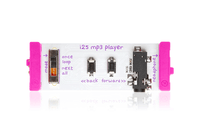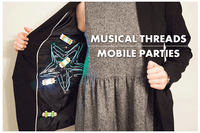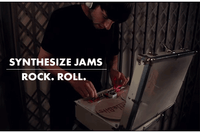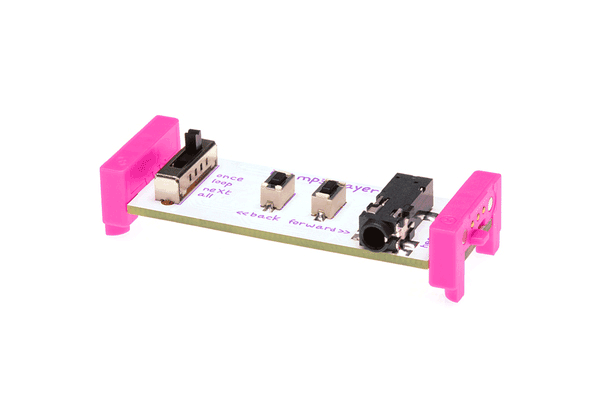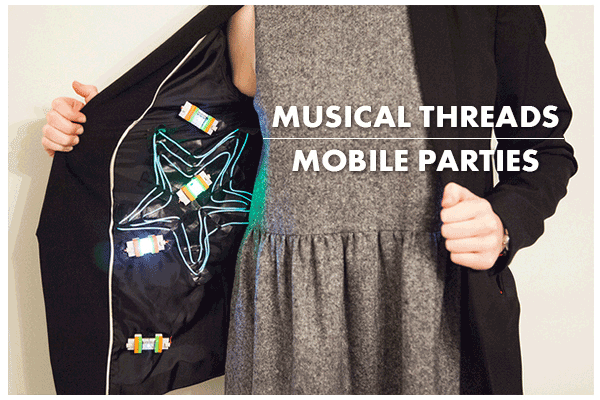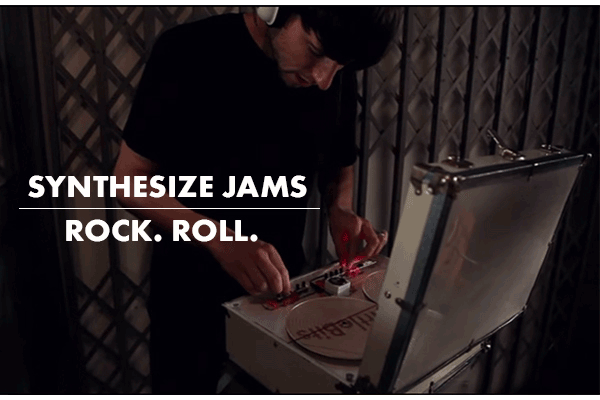The littleBits mp3 Player allows you to play your very own mp3 files using littleBits. Sending a signal to the mp3 player can make it work as a media player, sampler, or looper. Just load the mp3 files you want onto the provided SD card and you'll have music and sound effects in your next littleBits project in no time.
The mp3 player reads mp3 files off of the SD card that is underneath the bit. To choose the order that files are played in simply rename the mp3 file so that it has a number in front of the file name. The mp3 player will then play your mp3 tracks in numerical order.
Use the 'back' and 'forward' buttons to switch between tracks on the mp3 player. If you are in the middle of a song then double click the 'back' button to go to the previous track. Playback is started by sending a pulse or latch through the input signal line to the bit. The behaviour of playback thereafter depends on which of the four modes is selected.
ONCE MODE: Once mode behaves much like a retrigger sampler. It will play only the current selected track. Begin playback by giving an input signal pulse to the bit. After a track is finished playback will stop. Subsequent triggers will repeat the same track. If a pulse is sent during playback it will start playback of the track from the beginning.
LOOP MODE: Loop mode continuously plays the same track repeatedly. An input pulse or latch will start playback of the looped track. A subsequent pulse or latch stops playback of the track.
NEXT MODE: Next mode plays a track and then upon subsequent input pulses will automatically start playback of the next track in the queue. Once a track finishes playing playback will stop.
ALL MODE: All mode behaves most like a traditional mp3 player. Playback is started and it will play all songs loaded on the SD card in order, without interruption. Input pulses or latches will stop and resume playback.
VOLUME CHANGE: If you find the maximum volume of the mp3 player is not suitably loud enough, you can add 12dB of gain by simultaneously pressing the back and forward buttons at the same time. To remove the extra boost, press the two buttons again to switch back to normal mode.
HEADPHONE/BITSNAP OUT: You can either send the audio signal out through the headphones or through the output bitsnap. When headphones are connected to the bit audio will not be carried through the output bitsnap.
UNDER THE HOOD An Atmega168 is used to read data from the SD card. It also handles all playback options that are selectable on the card. MP3 decoding is done through the VLSI1053 IC. The VLSI handles the playback of all audio and makes requests to the Atmega168 when it needs more data to process. The VLSI then outputs the left and right channel data to the headphone jack. When headphones are not connected the two signals are mixed and amplified so that both channels are merged onto a single line so the audio can be passed to the bitsnap out.
 Previous Product
Previous Product
 Next Product
Next Product
More from littleBits!























































































